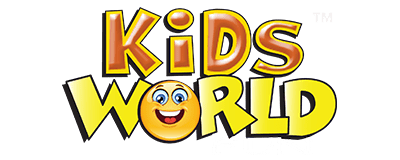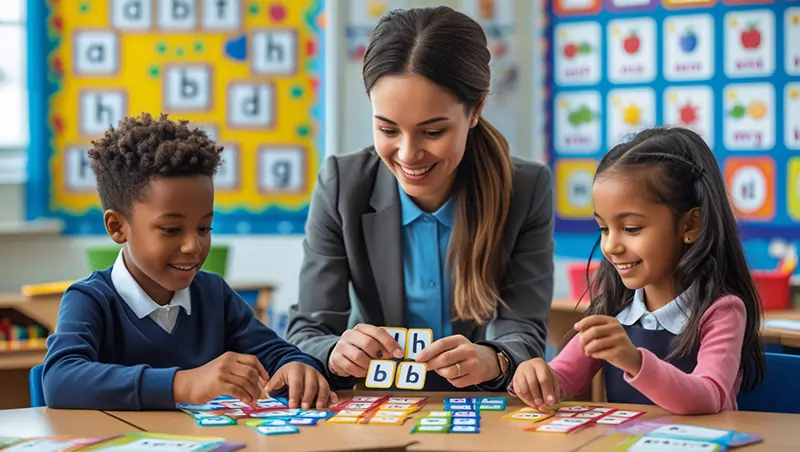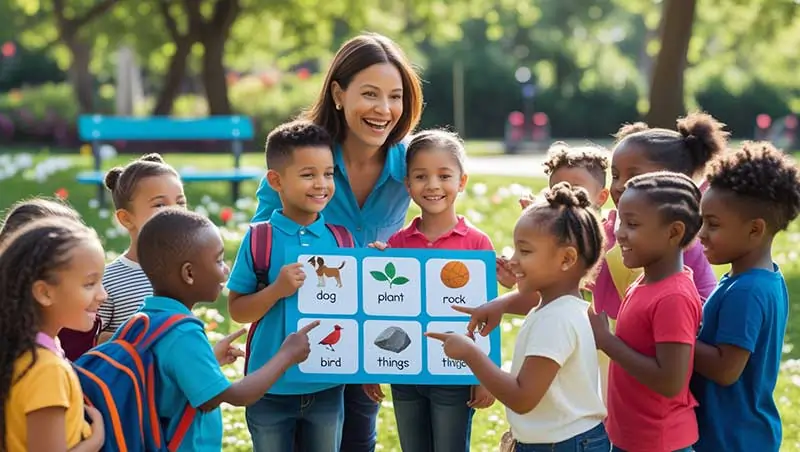What is the Hype Around the Orton Gillingham Approach for Spelling and Reading?
Spelling and reading are two crucial language skills that make growing children confident communicators. However, kids with dyslexia and other such conditions struggle to process language. The late Dr. Samuel T. Orton dedicated his life to understanding the challenges of those suffering from dyslexia and built practical teaching principles to help them learn language. Later, one of his students, namely Anna Gillingham, worked on Orton’s ideas and created a language structure that also reflected her understanding. It led to the release of the Orton-Gillingham manual in 1935. Today, the Orton-Gillingham (OG) approach has become a powerful teaching tool that helps all young students learn to read and spell through explicit, cumulative, multisensory, phonics-based, and sequential instruction.
Whether you are a parent or a teacher, you can utilize Orton Gillingham materials to guide children. They can be used to increase their phonemic awareness and phonics skills. Most early reading books, like these, aim at creating confident readers. So, let’s explore what makes this approach stand out by examining its main features.
Multisensory
The Orton-Gillingham books contain multisensory instruction, tapping into three main brain pathways, such as auditory, visual, and kinesthetic. It improves their learning capability. Otherwise, most systems focus on only one pathway. So, if a lesson engages their senses of sound, touch, and sight, it has a strong impact on them. As a teacher, you don’t have to worry about how to stimulate these pathways.
Sequential
A well-planned and logical sequence of lessons makes it easier for kids to understand the connection between what they know and what they are learning. As a result, it becomes a rewarding experience for them.
Cumulative
Mastery and continuous review of learned skills are essential components of cumulative learning. With cumulative instruction, students can easily absorb concepts before moving on to an advanced topic. This process helps the brain store, manage, and retrieve information for future use. It reinforces long-term learning skills.
Phonograms
The OG approach provides clarity on the use of spelling in words. It eliminates the need to guess how a word should be spelled by enabling students to understand the relationship between phonograms and spoken sounds.
Incremental
OG materials also provide incremental instruction by building upon the previous lesson. As a result, children find it easy to move from simple to complex topics without any difficulty. If your child did not benefit from other reading methods or programs, you can expose them to this approach.
Individualized
Each child is unique, and so is their learning ability. The best thing about the OG approach is its emphasis on individual needs. A curriculum that gives importance to this aspect works well with children, as it respects their individual pace. It works for all types of readers, from beginners to intermediate and teens.
Explicit
The success of this reading approach can be credited to its straightforward and clear teaching instructions. Learners know what they are being taught and why. It gives them confidence, as there is no scope for ambiguity, confusion, or guessing. Orton-Gillingham is a step-by-step guide for developing reading skills. Even if you are new to this method, you can prepare yourself and teach your kids the proper techniques. Each child has their own learning journey, but the outcome can still be positive.



